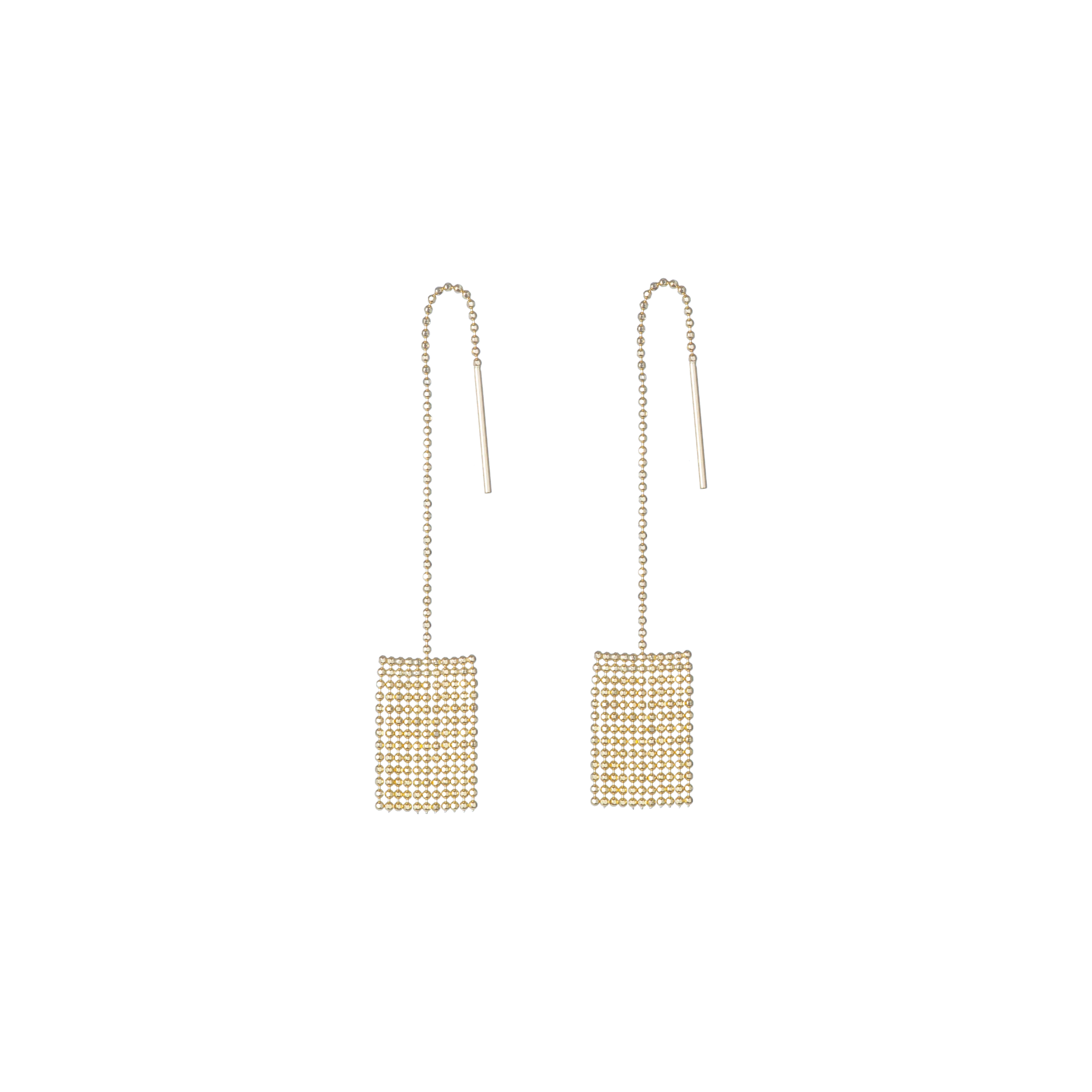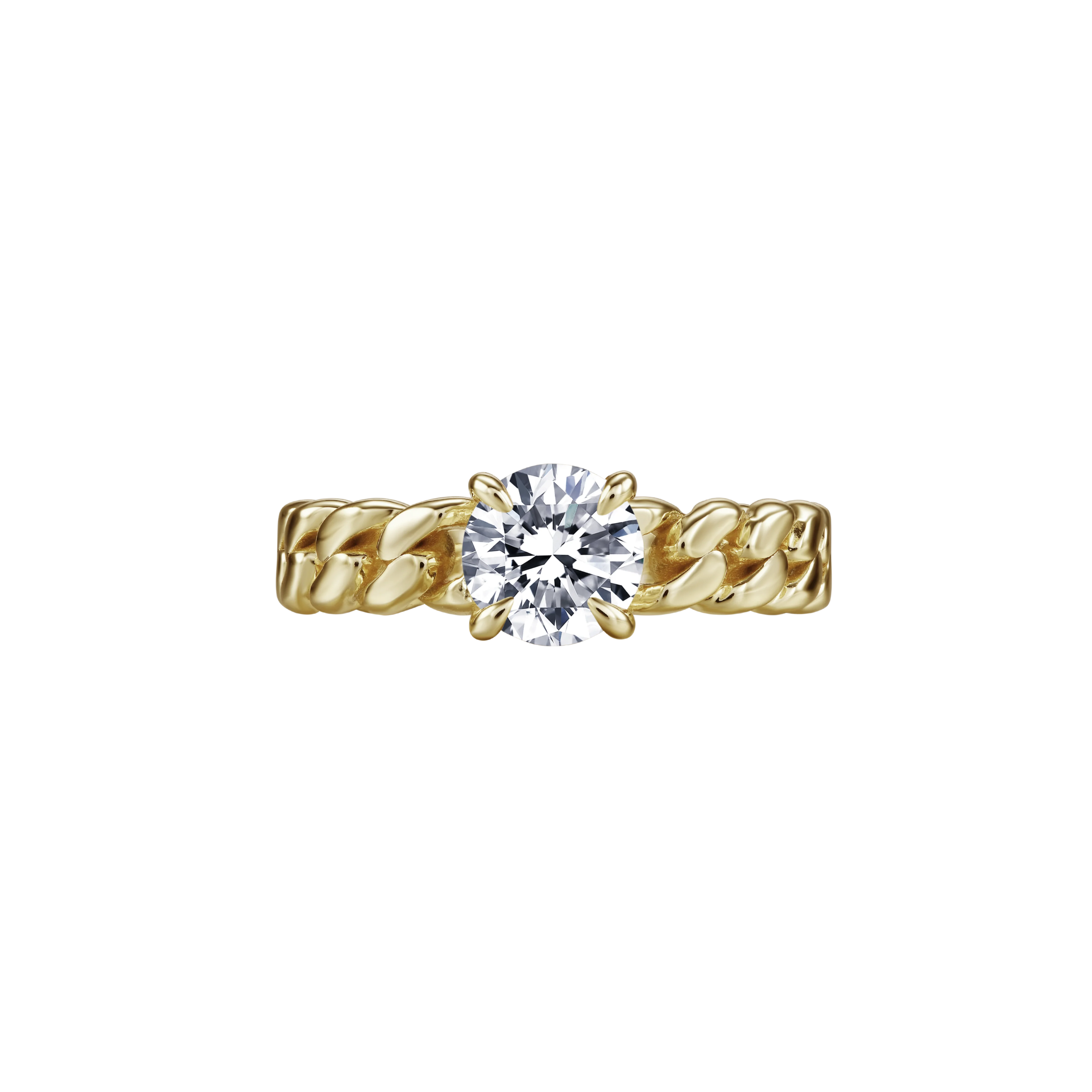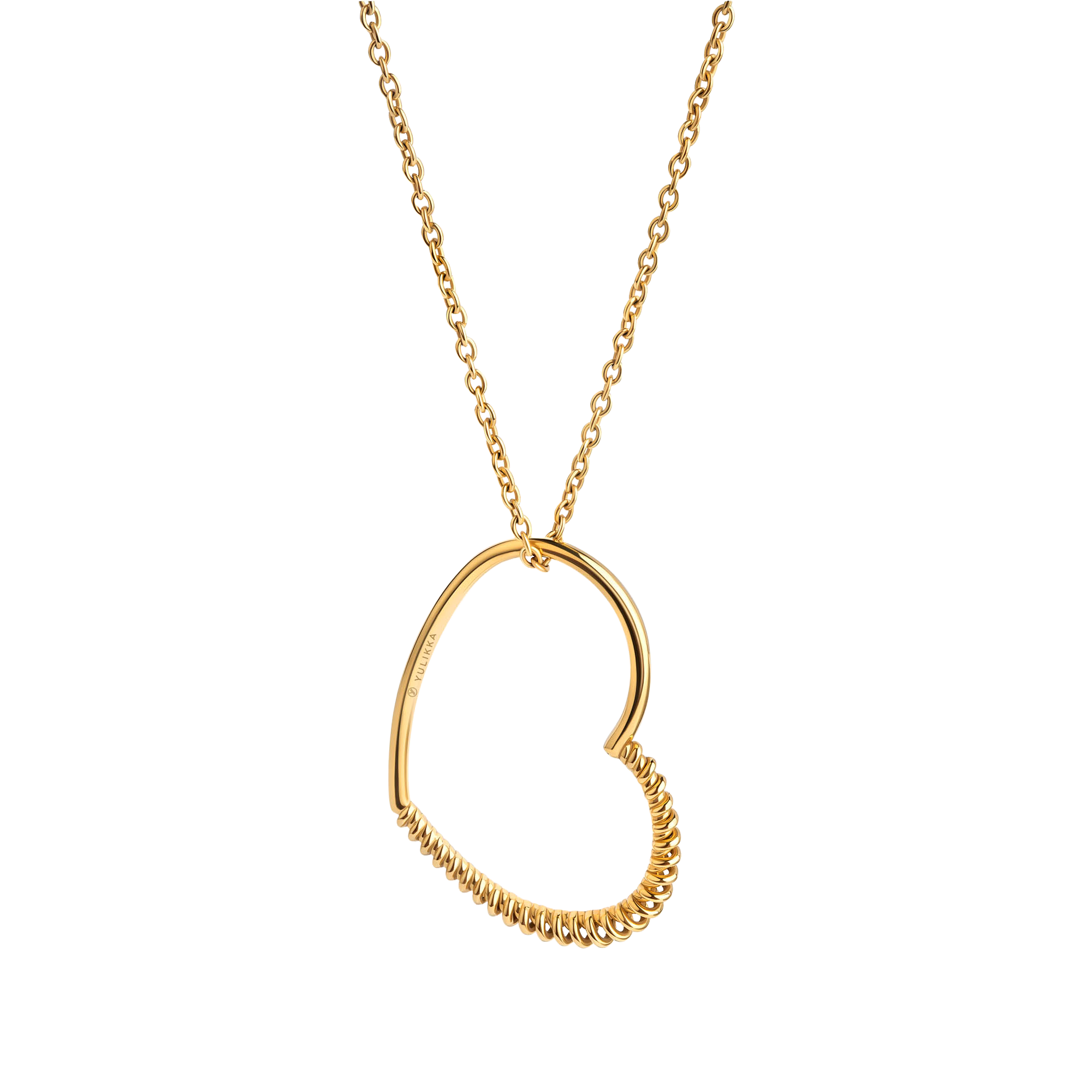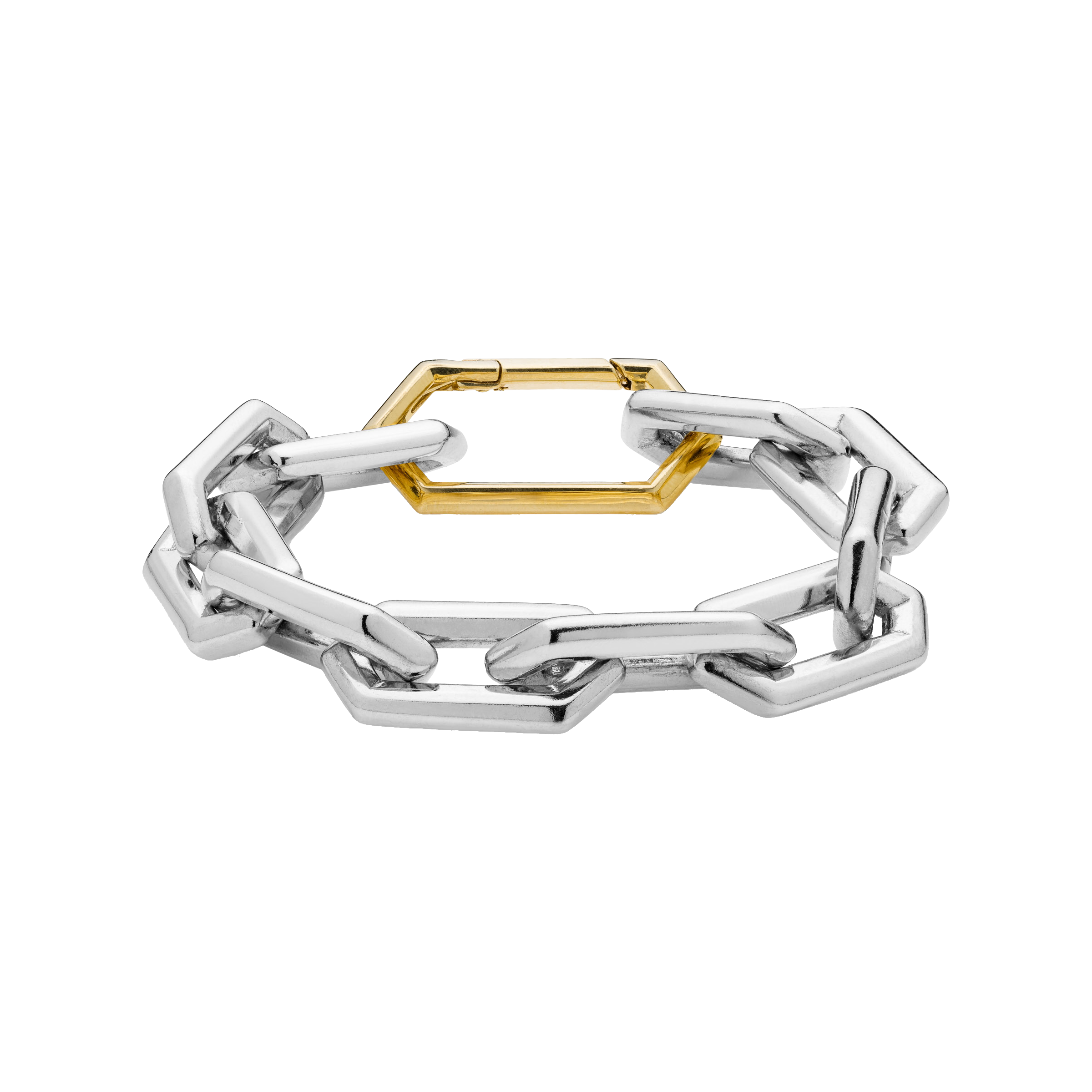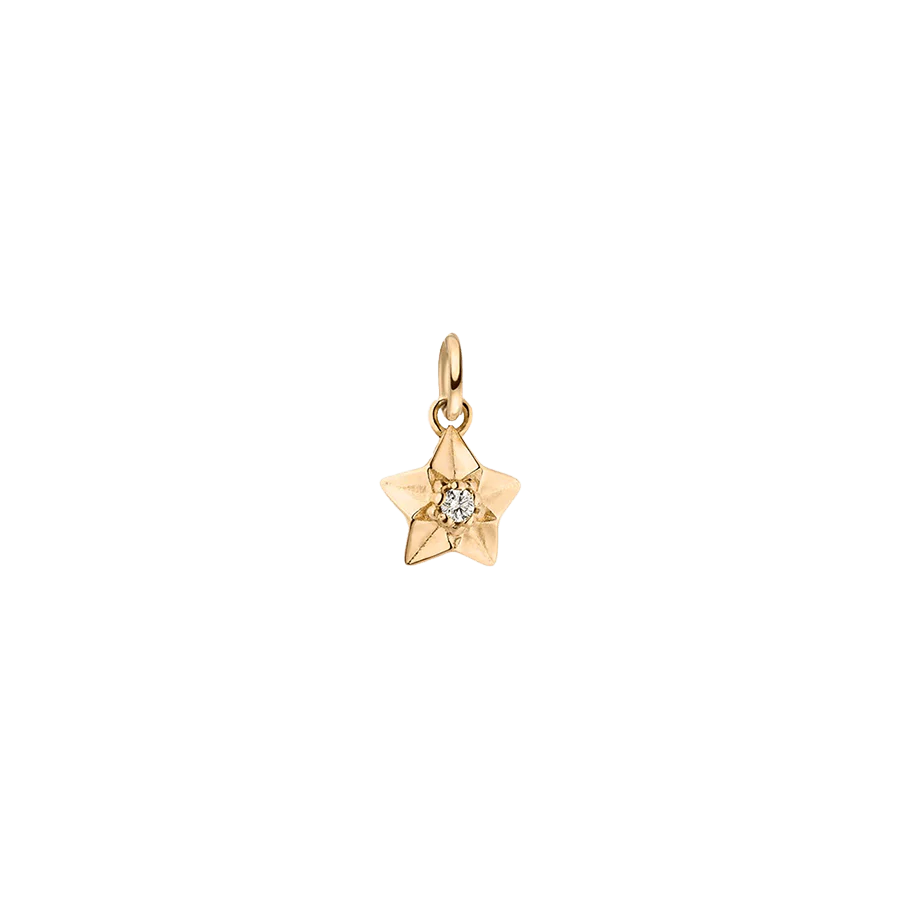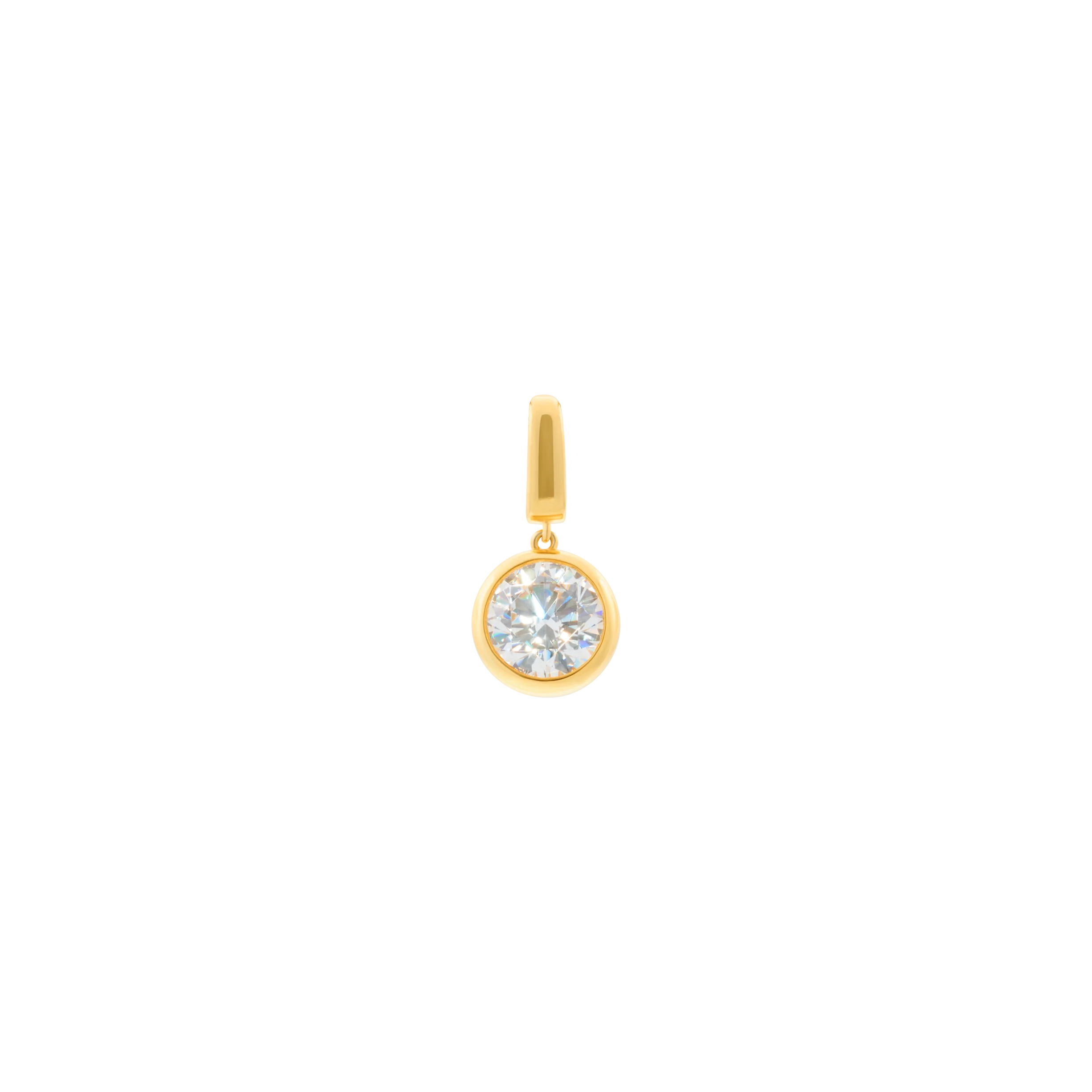Independent verification of the highest sustainability standards.
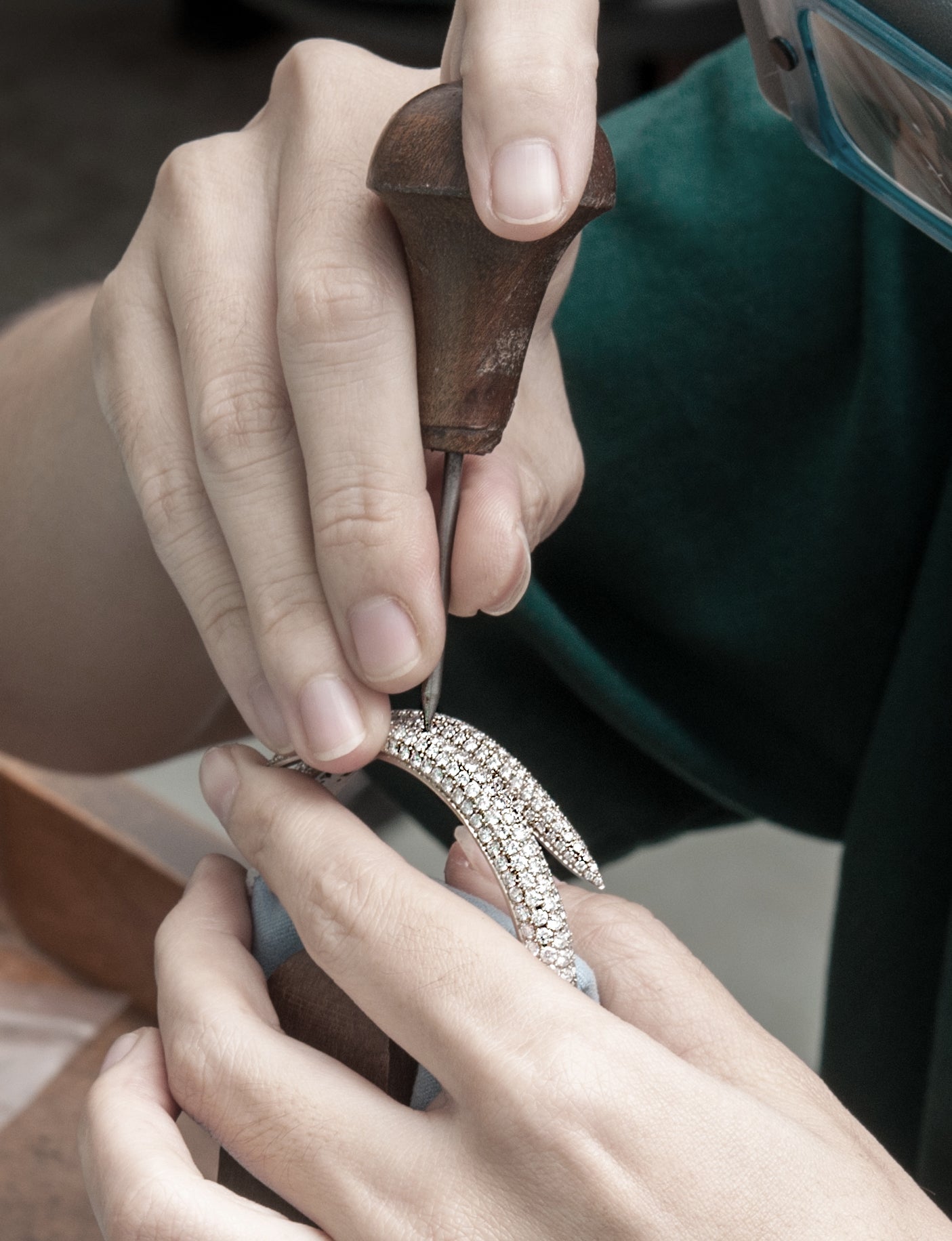
What makes the cut?
When you think of lab-grown diamond jewelry, the first things that come to mind are clarity, cut, color, and carat weight. These four characteristics, known as the four Cs, represent the most essential elements when purchasing a lab-grown diamond.
A diamond's cut, in particular, impacts the beauty of the diamond the most as it can optimise fire and scintillation from your diamond.
What is diamond cut?
" Diamond cut refers to the dimensions, symmetry and polish of the lab-grown diamond. It is about how well it is designed and crafted to reflect light. "

What makes diamond cut good?
Appearance
When it comes to diamond cuts, the main deciding factors are brightness, fire, and scintillation, all related to face-up appearance. Best-cut lab-grown diamonds will let more light come through the top and sides.
Design
It determines how well the stones are designed to ensure their weight ratio and durability. A good design will ensure you can wear your jewelry for a lifetime.
Craftsmanship
The quality of craftsmanship can be reflected in its polish and symmetry. In the polishing process, any flaws may disrupt light patterns as it enters and exits the stone. An excellent-cut diamond will also have a symmetrical shape, showing even brightness.

How to read a diamond cut grade chart?

Diamond cut grade is determined using a set of guidelines called a “Cut Grading Scale". It’s the grading report used by jewelers to evaluate how well a round brilliant diamond has been cut after it has been shaped from an uncut rough diamond.
Excellent
It shows an even pattern with good contrast between light and dark areas, so the reflections appear crisp and well-balanced.
Very Good
It has bright areas evenly distributed across the stone’s crown and a few distracting areas.
Good
It isn’t very bright – reflections aren’t as sharp, and there’s more darkness or dullness.
Fair and Poor
It has much more prominent dark areas or dullness.
What affects a diamond's cut quality?
Apart from the overall cut grades, a few variables provide more insights into the diamond cut. Here are the terms you typically find in a lab-grown diamond grading report.

Proportion
Graphic profile representation of its actual dimensions, the angles, and ratios of its precise cut. Significant components include table, facet, girdle, and culet.
Polish
The smoothness of its surface is assessed on a scale ranging from "Excellent" to "Poor."
Symmetry
The exactness of its outline, shape, placement, and alignment of its facets is assessed on a scale ranging from "Excellent" to "Poor."
Shape & Cutting Style
The shape is the outline of a lab-grown diamond, while the cutting style is the pattern of the facet arrangement.

Difference between diamond cuts and diamond shapes
With all the talk of lab-grown diamonds and their various cuts, there’s a good chance you’ve wondered if there’s a difference between shape and cut. Diamond cut refers to how it reflects light while diamond shape refers to its overall outline or profile.
Lab-grown diamonds come in nine basic shapes, each with its own ideal proportions. These include Asscher, Baguette, Cushion, Heart, Marquise, Oval, Princess, Radiant, Emerald, Pear and Round Brilliant Cut diamonds.


